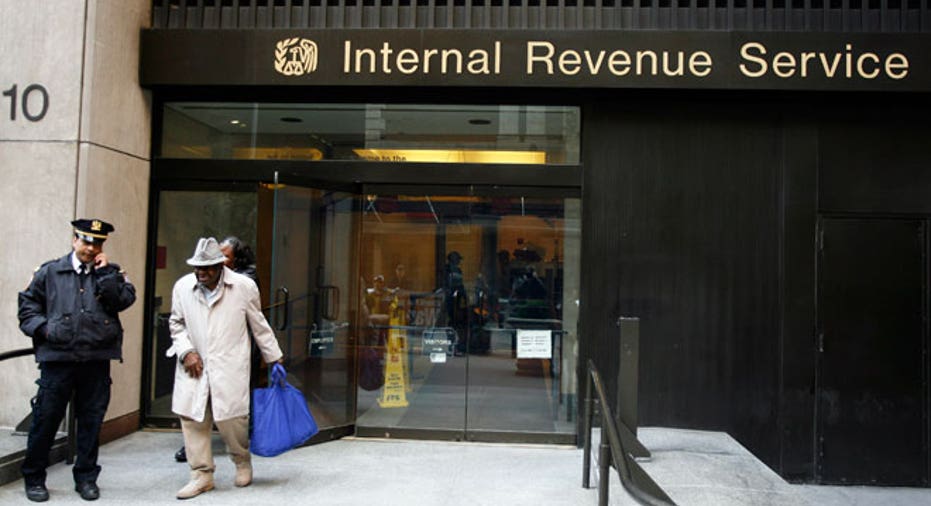End-of-Year Tax Planning for Your Small Business

As the end of 2013 nears, now is the time for small business owners to start working on estimates on what they owe Uncle Sam for the year to avoid any surprises. After all, wouldn’t it be nice to know if you are overpaying (or underpaying) those 2013 estimated tax payments?
More importantly, it would be even better to know how much you will owe next April 15. Don’t let it be a big surprise. If you did not engage in a midyear tax planning session, now is the time to catch up on that task.
If economic changes impacted your tax liability this year, you want to be prepared now so you can plan for the expense.
Hopefully, you have been tracking your business income and expenses on a software program. If you have and if your numbers are current and reconciled, your first step is to print out a year-to-date profit and loss statement. Select the option that provides a previous year comparison and make sure that the report is either on cash or accrual according to how you report your income and expenses for tax purposes.
It’s a good idea to run this statement on a monthly basis to get an idea of how your company is doing from the prior year to the current year. Not only can you compare the sales figures but you can see the increase or decrease of all expenses as well.
If your software allows, export the profit and loss statement to an Excel spreadsheet where you can play with the numbers. On the spreadsheet you can create a new column to project sales and expenses to the end of the year. Take into consideration seasonal changes in sales volume as well as increased or decreased expense items. For example, if you operate a retail business, you may anticipate greater than average sales during the holiday season. By the same token, you may expect higher payroll and cost of goods sold.
Once you have made your projections, you may need to adjust your bottom line with tax transactions that will appear on your tax return but not necessarily be reflected in your financial statements. For example, depreciation and Section 179 expensing of capital asset purchases are normally not recorded on most small business books but will definitely impact the tax liability for the year. Record those adjustments.
At this point, it would be wise to consult with your tax professional to get other insights into the tax planning process and any other factors that will affect your tax liability such as carry forwards from prior years – NOL’s, capital losses, AMT credits, etc. He or she may also enlighten you to new tax law changes that will impact your situation.
And don’t forget to consider the self-employment tax. This comes into play for Schedule C sole proprietors and partners in a partnership. If your business is a C corporation, the corporation itself incurs and pays the income tax; it does not become a part of your individual income tax return and self-employment tax is not levied on the profit. If your business is an S corporation, the profit will flow through to your individual income tax return and become part of that picture.
But the profit will not be subject to self-employment tax.
Any changes in your tax liability can be reflected in a new estimated tax voucher for the 4th installment due January 15, 2014, which the tax pro can provide for you.



















